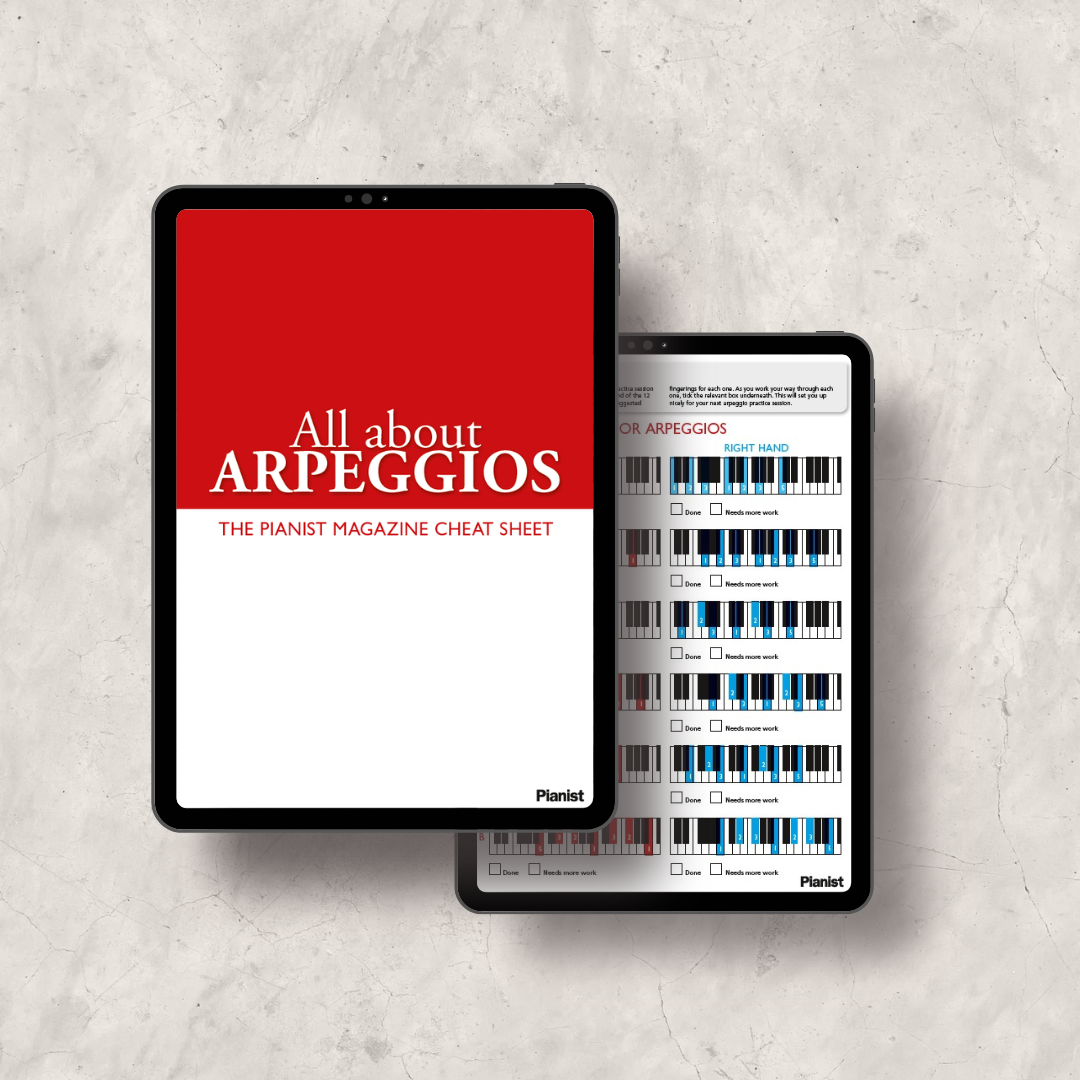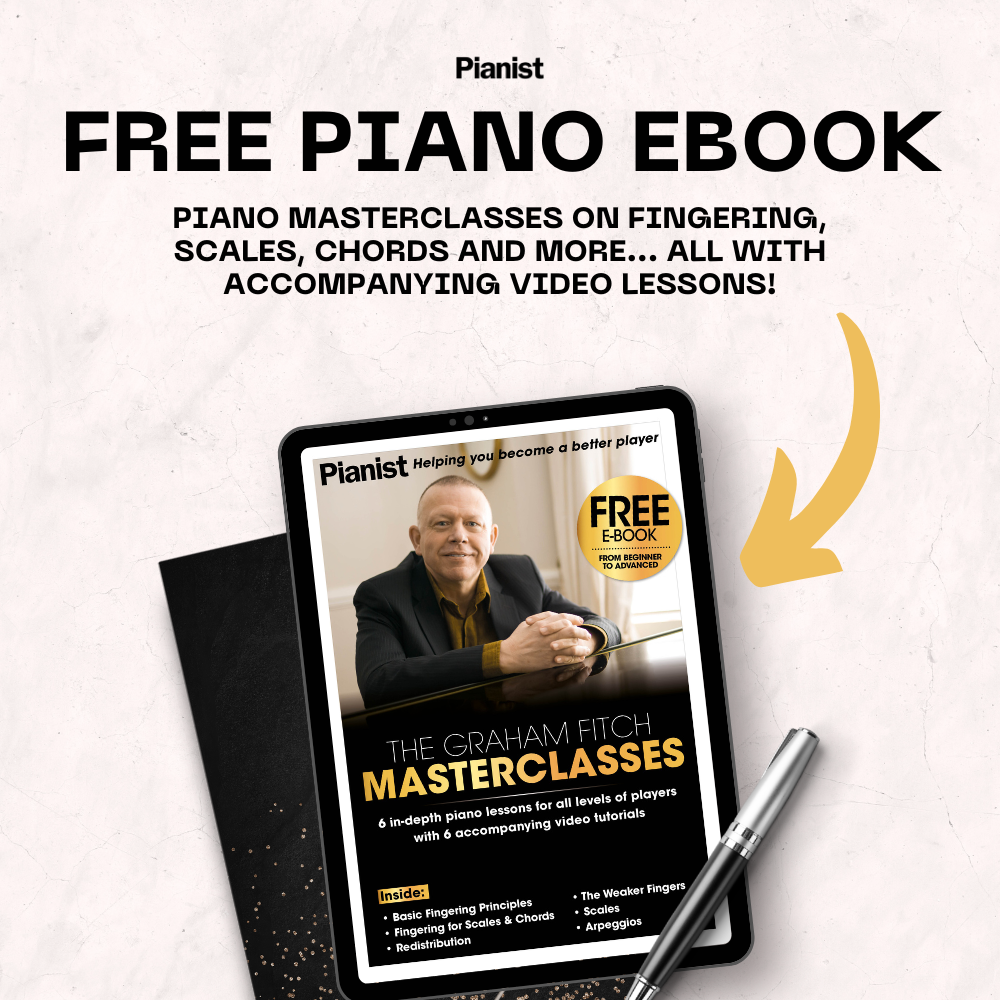What should a typical piano practice consist of? How long should I practise for? What if I don't have enough time? Fear not! We've got all of the answers for you.
By the time you have finished reading this article, you are going to walk away with a practice structure all set-out and ready for your next session. You will know:
- What you are going to practise
- How long you’ll practise for
- How to maximise that time spent at the piano
What your schedule consists of will depend on what type of learner you are.
Some of you may be studying for an exam, some of you may play as a hobby, and some of you may be working towards becoming a professional pianist. Even if you may not be working towards an exam as such, it’s still advised that you work on scales and arpeggios. Regular scales practice will really improve your technique, and you will be able to read music much easier!
In this article, we will break down the main components that should be involved in your practice session, and how long to spend on each section. Feel free to click on any section below to skip down the article.
1. Warm up
2. Scales and arpeggios
3. Your pieces
4. Sight-reading
5. Aural and Viva Voce (optional)
6. A mock-up practice session for you to use
7. FREE piano eBook to download
10 minutes: Warm up
Like athletes, we need to warm-up before we jump into any practice. Below, piano teacher Tim Stein gives a video demonstration of a handful of piano warm-ups. Work your way through each one!
First things first... actively RELAX. Unclench your jaw, relax your shoulders, sit upright and centrally to the piano.
Exercise 1: Place your left hand over two black keys in the lower end of the piano, with your right hand over the three adjacent keys next to it. Push each hand down gently, crossing your hands up the piano until you reach the far end of the piano. This will give you a good feel of the piano, exercising your finger muscles.
Exercise 2: Run and jump. Place your right-hand fingers over middle C, D and E. Play those three notes together, at the same time. Hop up an octave and repeat again on C, D, E. Keep going until you reach the top of the piano, then move back down again until you reach middle C. Repeat with your left hand, instead moving down the piano and back. This is a great exercise for freeing up your shoulders.
Exercise 3: Rotational exercise. Place your right-hand five fingers on middle C, D, E, F, G. Play up the scale, making small rotations between each note. Repeat in the left hand. You can then combine the two hands and practise this warm up together.
Exercise 4: Stretching exercise. Take your right hand and place your right thumb on middle C and your fifth finger on the A above. Crawl up the piano, one note at a time. This will help with the flexibility of your hands. Try this in your left hand as well. Check out Tim's demonstrations of each exercise below.
20 minutes: Scales and arpeggios
This may not seem like a lot, but 20 minutes gives you ample time to work through a couple of scales from each subsection, whilst at the same time allowing your brain to maintain a high level of focus.
Remember that there is no need to cover every scale in every practice. Simply choose a handful that you are struggling with. Let’s put a scales and arpeggios template together as an example:
Similar motion: 1 x major, 1 x minor (harmonic and melodic)
Contrary motion: 1 x major, 1 x minor (harmonic only)
Chromatic: 1 x hands separately beginning on any note, 1 x contrary motion hands together
Thirds: 1 x major, 1 x minor
Arpeggios: 1 x major, 1 x minor, 1 x dominant 7th arpeggio, 1 x diminished 7th arpeggio
This will fill your 20 minutes nicely. With each new practice session, choose a brand-new set of scales to work on. Always try and choose the ones you struggle with the most!
Our arpeggios cheat sheet includes a whole visual list of all of the scales you will need to practise, with tips and advice on how to master them as well. It's just £2.99 to download. Considering most scales books on Amazon are £10+, we'd recommend you take advantage of this one.

20 minutes: Your pieces
As my childhood piano teacher once said to me, “Full run-throughs of pieces ought to be saved until the day before your performance!”
Whilst she was perhaps a bit over the top in her suggestion of leaving it to the day before (that would make me very nervous), she does make a vital point.
Practice is for ironing out mistakes, perfecting tricky runs, and mastering those complex rhythms. At times, you will want to do a full run-through of your piece to help you figure out how far you have progressed, and that is okay. However, that should not happen every practice.
Use your 20 minutes efficiently by honing in on one specific area of your first piece that you are really struggling with. Here are some tips on how to get the most out of your piece practice:
Tip 1: Forget about the tempo. Slow your practice right down. This will help you shine a metaphorical spotlight onto all the intricate details of that passage. If you have missed an accidental or a rhythmic detail, you’ll find it here.
Tip 2: Practise hands-separately. Each hand needs to be taught its parts separately, at least in more complex music. If you struggle to unite the two hands after doing so, try playing one hand out loud whilst the other taps out its notes on your knee. This will ease your non-playing hand into its partnership with the playing hand.
Tip 3: Play it in a different style. This may sound like an odd piece of advice, but stay with me! Often when we are trying to learn tricky rhythms, we can get frustrated at not being able to perfect it; so much so that it can lead to us absolutely hating that particular section and giving up on it. Sometimes what we need is a fresh perspective on it. Playing the section in a different rhythm, style, or tempo will draw you away from the issues you’re having with it. Once you’ve had a little play around with it, go back to learning the original rhythm and style.
Below, teacher Graham Fitch delves deeper into the benefits of short, targeted practice sessions.
10 minutes - Sight-reading
Sight-reading is a great exercise to round off your practice with. There’s no pressure to perfect the piece and it can be a lot of fun!
It also gives you the opportunity to test your piano playing skills out on a completely different genre. Try sight reading a bit of jazz or modern pop.
Sight-reading does take practise in itself. Try working through our sight-reading tips first.
10 minutes - Aural & Viva Voce (optional)
For those of you preparing for piano exams – scoring high in these two sections could be the difference between a merit and a distinction! So, make sure you are well drilled.
Spend a few minutes practising your knowledge on the pieces before calling in a family member or friend to help you practise your aural. Again, like with the scales, request a tough test. It’s one of the best ways to master your craft.
What if I don't have time to practise all in one go?
If you’re lucky enough to have a piano in your house but you’re too busy to sit down for an hour’s practice, try spending just 5 minutes at the piano working on a specific section of a piece.
Repeat this a few times throughout the day with the same section. The brain is a complex organ, but what we do know is that the brain focuses much better when we work in spurts. Both of these factors will lead to a much deeper learning experience in comparison to long, drawn-out practice sessions!
A mock up practice session for you to use:
Warm-up: 10 minutes
Scales and arpeggios: 20 minutes
Your pieces: 20 minutes (repeat with more pieces if necessary)
Sight-reading: 10 minutes
Aural and Viva Voce: 10 minutes
Download our FREE Piano Masterclass eBook today to continue your learning
Continue your learning journey today by downloading our completely free piano masterclass eBook, all taught by piano expert Graham Fitch.
Just sign up to receive the Pianist newsletter and we'll send you a copy to download.
Our in-depth eBook includes six lessons on basic fingering principles, fingering for scales and chords, hand redistribution, the weaker fingers, scales and arpeggios, plus six video lessons accompanying each topic!








